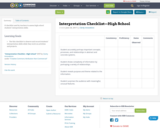
A checklist used by teachers to assess high school students’ interpretation skills.
- Subject:
- Applied Science
- Arts and Humanities
- English Language Arts
- History
- Mathematics
- Social Science
- Material Type:
- Assessment
- Date Added:
- 06/28/2017

A checklist used by teachers to assess high school students’ interpretation skills.
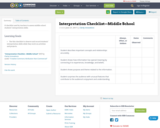
A checklist used by teachers to assess middle school students’ interpretation skills.
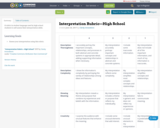
A rubric in student language used by high school students to self-assess their interpretation skills.
![Lane Community College Accessibility Plan [OER]](https://img.oercommons.org/160x134/oercommons/media/upload/materials/images/LCC_covershot.png)
Ensuring digital accessibility is critical to advancing equity-minded education at Lane Community College. Through this project, with the assistance of Open Oregon and WebAIM, we were able to identify and work towards actionable goals to improve digital accessibility on our campus.
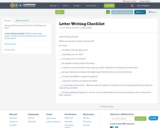
Ask yourself these questions before submitting your letter!
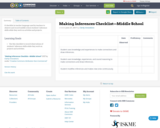
A checklist in teacher language used by teachers to observe and record middle school students’ inference skills while they work on activities and projects.
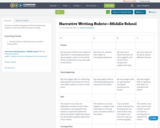
A rubric in student language written for elementary students to self-assess their narrative writing.
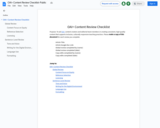
Purpose: To aid OAI+ content creators and editorial team members in creating consistent, high quality content that supports inclusive, culturally responsive teaching practices.
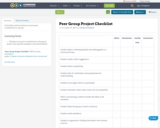
A checklist used by students to assess peer contributions to a group.
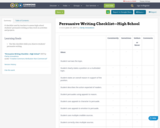
A checklist used by teachers to assess high school students’ persuasive writing as they work on activities and projects.
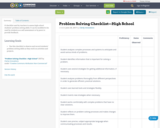
A checklist used by teachers to assess high school students’ problem solving skills. It can be modified to be used by students as a self-assessment or by peers to provide feedback.
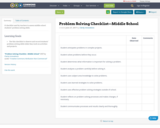
A checklist used by teachers to assess middle school students’ problem solving skills.

A rubric in student language used by high school students to self-assess their problem solving skills.
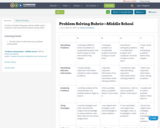
A rubric in student language used by middle school students to self-assess their problem solving skills.

A general checklist to guide students with project management.

A general checklist to guide students with project management.

Psychology is designed to meet scope and sequence requirements for the single-semester introduction to psychology course. The book offers a comprehensive treatment of core concepts, grounded in both classic studies and current and emerging research. The text also includes coverage of the DSM-5 in examinations of psychological disorders. Psychology incorporates discussions that reflect the diversity within the discipline, as well as the diversity of cultures and communities across the globe.Senior Contributing AuthorsRose M. Spielman, Formerly of Quinnipiac UniversityContributing AuthorsKathryn Dumper, Bainbridge State CollegeWilliam Jenkins, Mercer UniversityArlene Lacombe, Saint Joseph's UniversityMarilyn Lovett, Livingstone CollegeMarion Perlmutter, University of Michigan

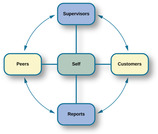
By the end of this section, you will be able to:Describe the field of human factors psychologyExplain the role of human factors psychology in safety, productivity, and job satisfaction
